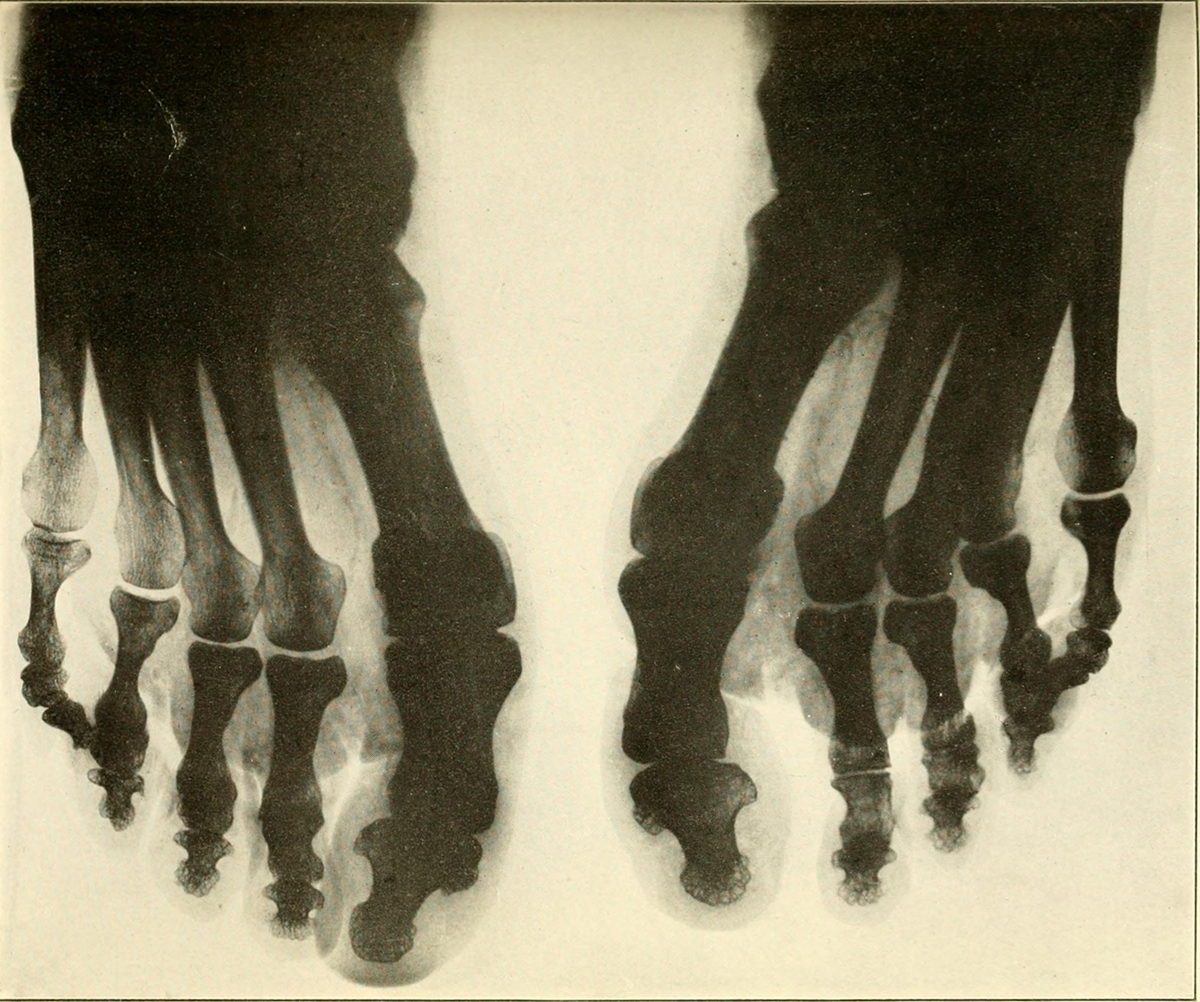
Symptoms of Emphysema
Emphysema is a subtype of chronic obstructive pulmonary disease. It is a long-term progressive disorder that is primarily characterized by the shortness of breath and inability to breath normally, especially during physical exercise. Another very common symptom includes a persistent cough that never goes away coupled with discharging a substantial amount of mucus. These symptoms are characteristic of the early stages of the condition and appear long before the airflow is decreased. It should be noted that not everyone with emphysema has a persistent cough nor does everyone with a cough and mucus production develops any form of chronic obstructive pulmonary disease. In addition, smoking is the leading cause of emphysema and it further speeds up the process of lung damage, so it is highly advised that those diagnosed with the condition stop smoking. The affected individuals usually complain about inability to get enough air during a previously easy activity, but as the condition advances the symptoms will be present constantly. The intensity of the symptoms depends on the damage of the lungs, and it can be unpredictable. They can all of a sudden get worse without warning where the coughing and chest tightness will be more prominent. In many instances, an unexpected worsening of symptoms can be caused by a lung infection, in which case a medical care professional will prescribe antibiotics. At the same time, there are other types of medications that can ease the symptoms, such as glucocorticosteroids and bronchodilators. In some instances health care providers will recommend a hospital stay. For instance, if an individual has a rapid heart rate, difficulty being mentally alert, as well as problems with speech it is likely that he or she will be kept in a hospital to run further testing and monitor the patient’s condition.Processes of Emphysema
Emphysema develops when the air sacs in the lungs are progressively ruined. As time goes on and the condition gets worse the disease turns the spherical air sacs into substantial pockets filled with holes along the inner wall. As a result, the area of the lungs decreases and so does the amount of oxygen that is transported to different body parts. One of the characteristics of emphysema is the air’s inability to leave the lungs.Diagnosing Emphysema
Emphysema at all its stages can be diagnosed using a test called spirometry. Spirometry is also used in assessing many other lung problems, and it is painless and easy to administer. Its main purpose is to show how well the lungs work. During the test the patient is asked to breath hard into a tube that is connected to a machine called a spirometer. During the exhaling the spirometer computes the amount of air the lungs can hold in as well as the speed at which the person is able to breathe the air out. Spirometry is a valid and reliable test that can identify first signs of emphysema long before the symptoms appear. In addition, medical care professionals are also concerned with the stages of emphysema. There are four distinct stages of the disease including at-risk, mild, moderate and severe emphysema. The at-risk stage is characterized by a chronic cough and mucus production, but the results of the spirometry appear to be within the normal range. When it comes to mild emphysema, it is possible that changes in the lungs are noticed, while the symptoms remain tolerable. It is highly probable that the affected individuals will not even notice an airflow disruption. During the moderate stage of emphysema the spirometry will show a decrease in the lung capacity while the symptoms are elevated. Any kind of physical activity produces shortness of breath and becomes difficult to perform. At this stage a person will usually seek medical attention. Finally, in the severe emphysema the breathing test reveals substantial airflow disruption. At the same time, the person is struggling to breathe even during a mild activity. In extremely severe cases heart or respiratory failure may occur. During the severe stage the quality of life is exceptionally low and the effects of the disease are potentially life threatening.Emphysema Age and Prognosis
As far as the age prevalence goes, emphysema is characteristic of individuals who are over 40 years old or in middle age. Further, emphysema is a type of disease that progressively gets worse over time so the older the individual is the poorer their state is likely to be. Also, individuals with the condition are more prone to lung infections, especially those that can end in death. While the lungs are suffering so is the heart. As there is no cure for emphysema, the patient dies once the lungs and the heart are unable to transport oxygen to organs and tissues. When it comes to treatment, it is able to elevate the symptoms, and improve the person’s quality of life.
















Your thoughts on this
Loading...